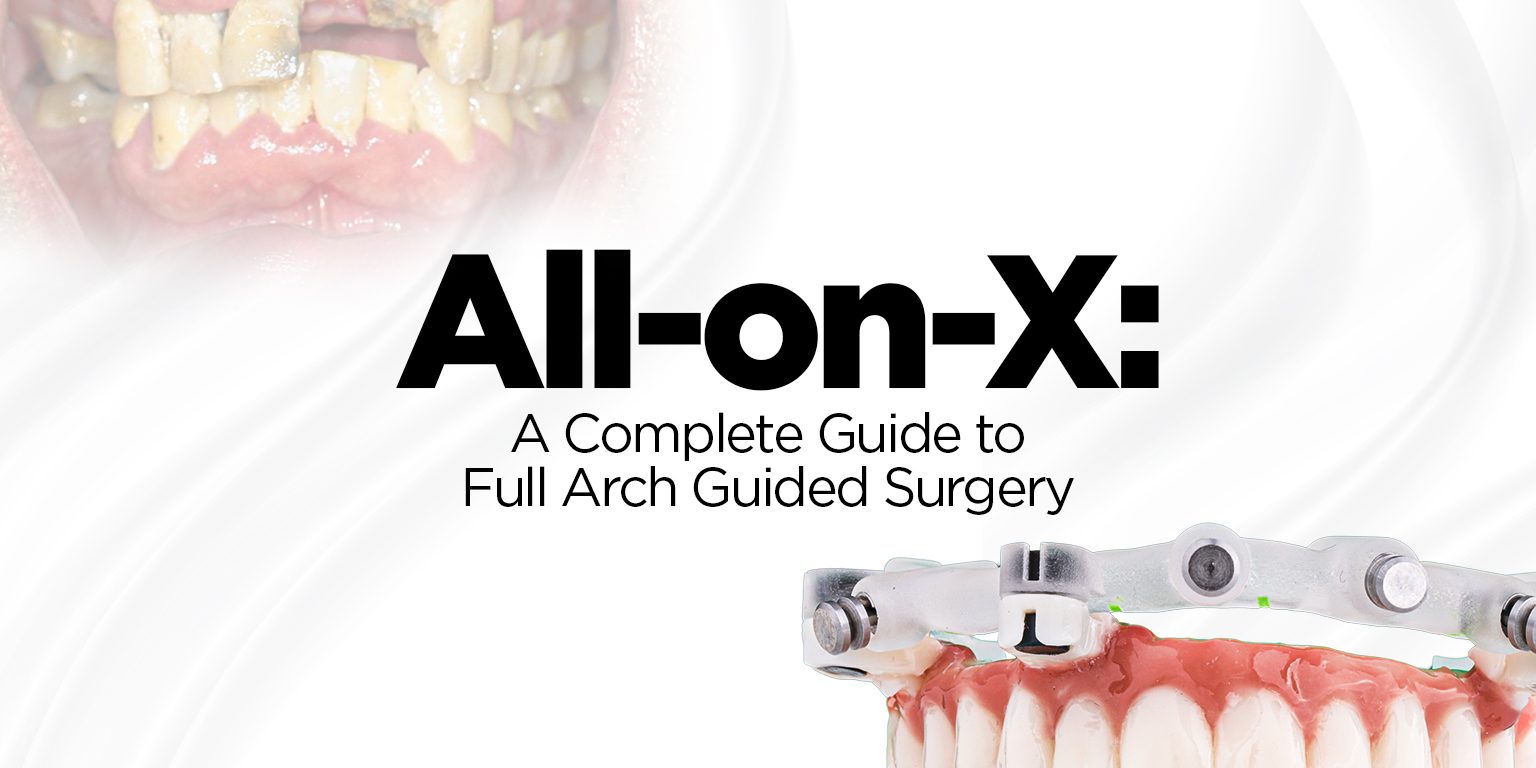All-on-X: A Complete Guide to Full Arch Guided Surgery
Full-arch rehabilitation has transformed modern implant dentistry. Among the most widely adopted approaches is the All-on-X protocol, a treatment designed to restore an entire arch of teeth using a limited number of strategically placed implants. For clinicians, the appeal of All-on-X lies in its efficiency, predictability, and ability to deliver fixed prosthetics, even in challenging bone conditions.
At 3DDX, we support clinicians with fully guided workflows, ensuring that every All-on-X case benefits from precision planning, surgical accuracy, and restorative predictability.
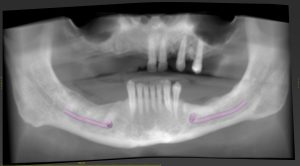
What Is All-on-X?
“All-on-X” refers to placing “all” prosthetic teeth on “X” number of implants, usually four, six, or more depending on the case.
- All-on-4®: Often used in cases with limited bone volume. Two implants are tilted posteriorly to maximize support.
- All-on-6 or more: Provides added stability and distribution of occlusal forces, often recommended in patients with high functional demands.
This flexible concept allows clinicians to tailor each treatment to the patient’s bone availability, esthetic expectations, and functional requirements.
Why Guided Surgery Matters in All-on-X Cases
Freehand implant placement carries risks, especially when dealing with full arches. Guided surgery eliminates guesswork and ensures:
- Optimal implant angulation – preventing prosthetic misalignment.
- Safe placement – avoiding nerves, sinus, and anatomical complications
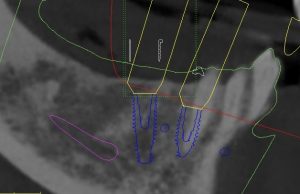
- Prosthetic-driven planning – aligning implants to the final restoration design.
- Efficiency – reduced chair time and smoother intraoperative workflow.
At 3DDX, our digital planning and surgical guide solutions ensure each implant is positioned for maximum stability and long-term success.
The All-on-X Workflow with 3DDX
- Case Submission – Clinicians upload CBCT scans, intraoral scans, and clinical notes through the secure 3DDX platform.
- Digital Treatment Planning – Our technicians collaborate with the clinician to map out implant positions, considering bone volume, esthetics, occlusion, and prosthetic design.
- Surgical Guide Design – Fully guided solutions, bone, tooth, or tissue supported are fabricated for precise surgical execution.
- Immediate Load Protocols – Where appropriate, a provisional prosthesis is delivered the same day, allowing patients to walk out with a functional smile.
Final Prosthetic Delivery – With workflows optimized for zirconia or acrylic hybrids, final restorations are delivered with minimal adjustment and maximum predictability.
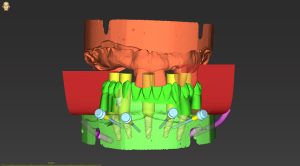
Clinical Benefits of All-on-X Guided Surgery
- Restores full function quickly for edentulous or soon-to-be-edentulous patients.
- Minimizes grafting procedures by using tilted implant placement.
- Supports immediate loading, boosting patient satisfaction.
- Enhances long-term success with precision-driven prosthetics.
Case Study: Guided All-on-6 Rehabilitation with MagnetiX™
A recent case by Dr. Curry Leavitt, DMD, illustrates the power of guided workflows in All-on-X treatment.
Patient Presentation
A 76-year-old male presented with generalized caries and fractured, non-restorable maxillary teeth. His chief complaint was esthetics and difficulty in chewing.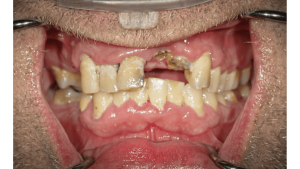
Digital Planning with 3DDX
- A CBCT scan was taken and uploaded to 3DDX
- The treatment planning team used coDiagnostiX® software to position six implants in the maxillary arch.
- Intraoral impressions and clinical photos were integrated for digital smile design and prosthetic planning.
Guided Surgical Workflow
The case employed the MagnetiX™ Guided Full Mouth Rehabilitation (GFMR) system, composed of:
- Pin Positioning Guide (PPG)
- Bone Reduction Guide (BRG)
- Implant Surgical Guide (ISG)
- Provisional PMMA Restoration
These stacked magnetically, ensuring accuracy throughout each surgical step.
- After flap reflection and selective extractions, the PPG and BRG were placed and stabilized with fixation pins.
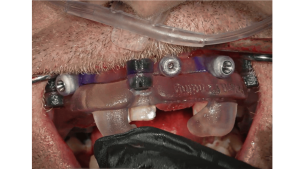
- Remaining teeth were extracted, and bone reduction was performed using the BRG.
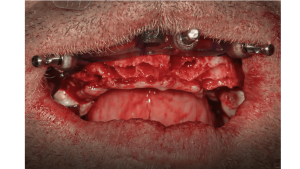
- Six implants were placed with the ISG, ensuring angulation and hex orientation were followed precisely.
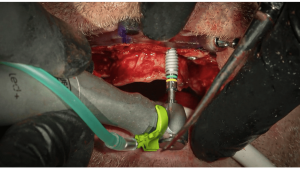
- Multi-unit abutments were seated using guide markers to confirm orientation.
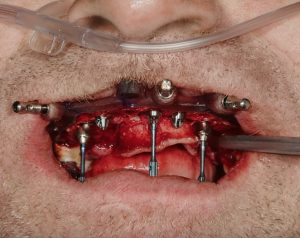
Results
The entire workflow, from extractions to provisional delivery, was completed in under 90 minutes. The patient left with a fixed, esthetic, and functional restoration.
This case highlights how guided All-on-X workflows reduce chair time, improve precision, and enhance esthetic outcomes, ultimately increasing patient satisfaction.
Key Considerations for Clinicians
- Patient Selection – Good bone quality for primary stability and high compliance with hygiene.
- Number of Implants – All-on-4 for limited bone; All-on-6 or more for stronger bite forces.
- Material Choice – Acrylic hybrids for transitional phases; zirconia prostheses for definitive restorations.
- Digital Tools – CBCT, photogrammetry, and stackable guides integrate surgical and prosthetic accuracy.
Communicating Value to Patients
Patients often view All-on-X as a high-cost procedure. Clinicians can increase acceptance by framing it as a long-term investment:
- Fixed, esthetic teeth from day one.
- Avoidance of invasive grafting procedures.
- Reduced risk of complications and repairs.
- Better function, confidence, and quality of life.
Conclusion
The All-on-X protocol is more than a treatment, it’s a comprehensive clinical strategy. Guided workflows, such as the MagnetiX™ system, allow clinicians to combine digital planning, surgical precision, and prosthetic predictability into one seamless process.
At 3DDX, we partner with clinicians to deliver complete support, from CBCT-based planning to stackable surgical guides and final prosthetic fabrication.
Submit your next All-on-X case to 3DDX and experience the precision of guided full-arch rehabilitation.

 Support
Support FINE-TUNE
FINE-TUNE ORDER SERVICES
ORDER SERVICES PRODUCT SHOP
PRODUCT SHOP 1-866-834-7925
1-866-834-7925